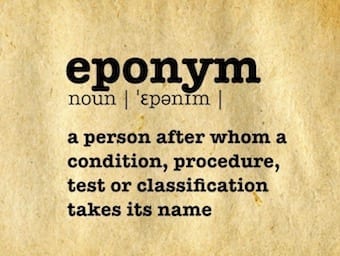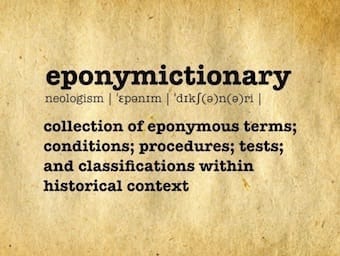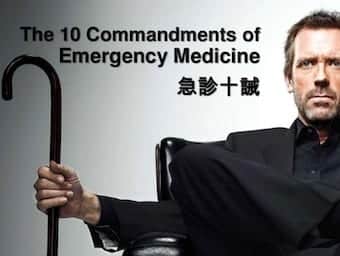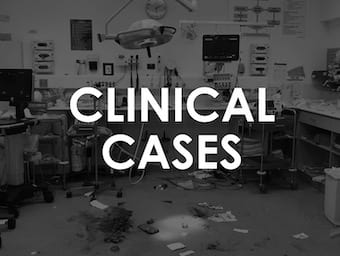
Johann Lukas Schönlein
Johann Lukas Schönlein (1793 – 1864) was a German physician. Eponymously affiliated with Henoch-Schönlein Purpura

Johann Lukas Schönlein (1793 – 1864) was a German physician. Eponymously affiliated with Henoch-Schönlein Purpura

The STEM Programme – Simulation Training in Emergency Medicine – has come to an end after 4 years on Queensland’s Sunshine Coast. Here is the story of child actors, fake blood, clingfilm, fire engines, Laerdal skin and imagination gone wild.…

James Parkinson (1755-1824) was an English surgeon, apothecary, palaeontologist, geologist and political activist. Parkinson's disease (1817)

Peter James Kerley first described horizontal lines that he postulated to be peri-vascular lymphatics in patients with mitral stenosis and left ventricular failure

Fritz Valdemar Rasmussen (1837-1877) was a Danish physician. Co-editor of the Hospitals-Tidende Journal, Rasmussen recorded cases of massive haemoptysis secondary to pulmonary artery aneurysm in association with tuberculosis - eponymously termed the Rasmussen aneurysm

Hakaru Hashimoto 橋本 策 (1881 - 1934) was a Japanese medical practitioner. Hashimoto thyroiditis 1912

The ten commandments of Emergency Medicine according to Wren and Slovis. Thinsg have changed, but how much?

Jean-Baptiste Octave Landry de Thézillat (1826 - 1865) was a French physician. Landry ascending paralysis (1859) as early description of Guillain–Barré syndrome (1916)

The LITFL team have scoured the web to find the best collection of online instructional videos known to man or woman to help you 'own the chest tube'!

A classic overdose for you to ponder in classic Q&A style, which incidentally marks the 50th toxicology conundrum on LITFL!

An ingestion of 100mg of alprazolam... Boring benzodiazepine or badness brewing? Find out in this case-based series of questions-and-answers.

Portal vein thrombosis: thrombus formation in the portal vein +/- tributaries (superior mesenteric vein, IMV and splenic vein)